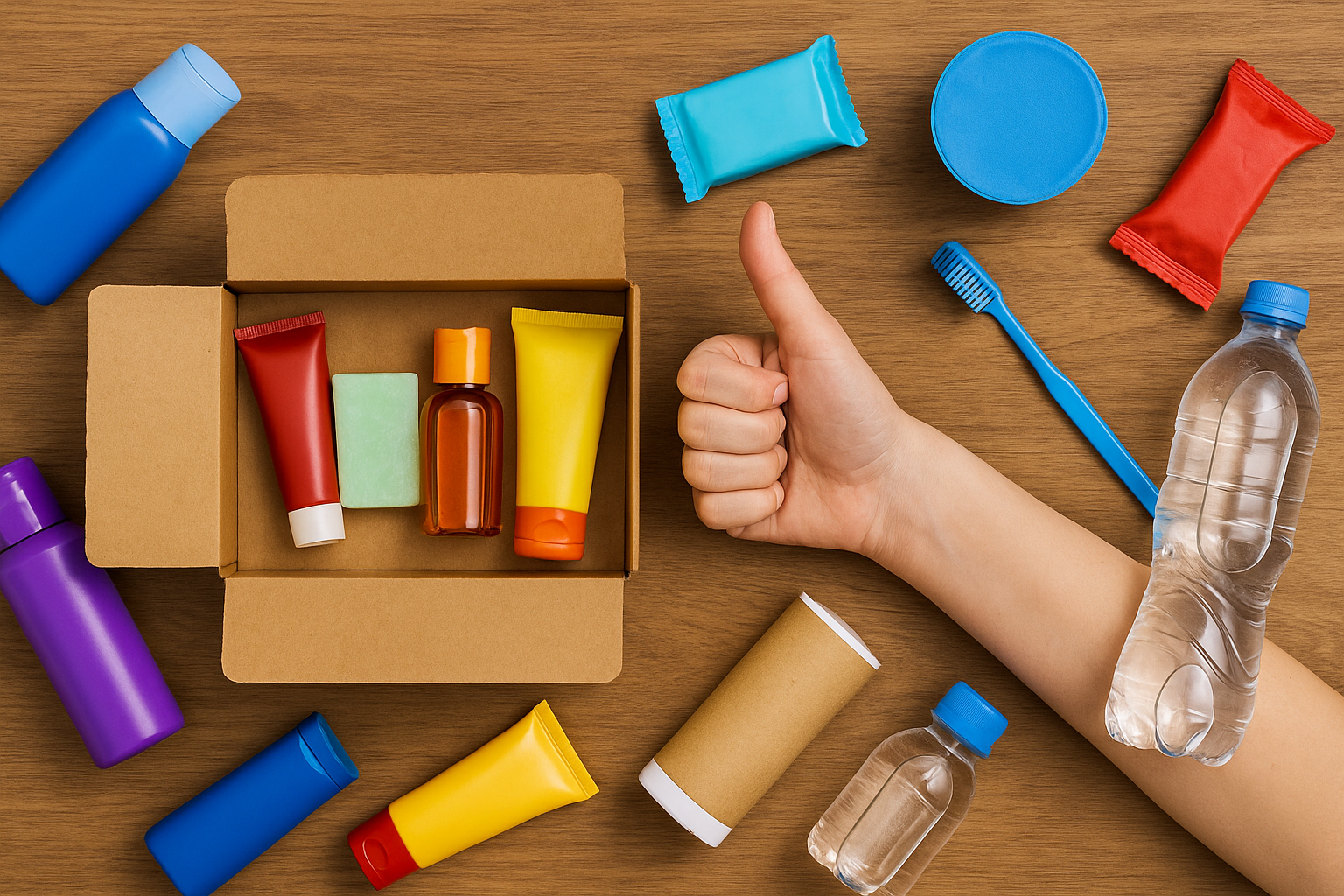
The Dos and Don’ts of Product Sampling: Lessons from Leading Brands
Introduction
Product sampling has evolved far beyond handing out free items on the street. For modern brands—especially in the fast-moving consumer goods (FMCG) sector—sampling is a strategic tool to drive engagement, encourage trial, and ultimately build loyalty. But not all sampling efforts are created equal. Leading brands have refined their approach through experimentation, data, and consumer feedback. In this article, we’ll explore the essential dos and don’ts of product sampling, offering actionable insights drawn from top-performing campaigns.
Do: Define Clear Objectives
Before launching any sampling campaign, ask: What is your goal?
Are you looking to:
- Generate brand awareness?
- Drive conversions?
- Collect feedback on a new product?
- Build a consumer database?
Having clear KPIs ensures your campaign is measurable and allows you to optimize efforts as it progresses. Brands like Dove and Oreo have succeeded by linking sampling with specific objectives like increasing market share or launching new product lines.
Don’t: Rely Solely on Mass Distribution
Gone are the days when mass sampling to an undefined audience brought significant returns. Leading brands avoid this wasteful strategy because:
- It lacks personalization.
- There’s no guarantee of reaching your target consumer.
- ROI is harder to track.
Instead, successful brands use data to segment audiences and distribute samples based on interest, demographics, or purchase behavior.
Do: Leverage Digital Targeting
Digital tools and AI platforms now allow brands to reach highly relevant audiences. Using cookies, past purchase data, or interest-based algorithms, you can deliver samples to people who are more likely to love—and buy—your product.
Platforms like Samplify, for instance, utilize AI to match products with consumers based on habits, lifestyle, and needs, optimizing sample usage and impact.
Don’t: Skip the Feedback Loop
Sampling without collecting feedback is a lost opportunity. Consumer feedback helps you understand:
- Product perception
- Packaging impact
- Purchase intent
Top brands include surveys, rating tools, or even short interviews post-sampling. The insights gathered shape future marketing and product development.
Do: Align with Your Brand Story
A great sample campaign reinforces the brand story. For example:
- A natural skincare brand could include a personalized note about ingredient sourcing.
- A premium coffee brand might include brewing tips or a QR code linking to its farm-to-cup story.
Make the sampling experience memorable and brand-consistent.
Don’t: Overwhelm or Confuse Consumers
Too many options, unclear usage instructions, or unbranded packaging can confuse recipients. Leading brands ensure their samples:
- Are easy to try
- Include clear messaging
- Highlight the value proposition quickly
Less is more when done strategically.
Do: Make it Easy to Purchase Post-Trial
After a successful trial, the next step should be obvious. Successful brands connect the dots by:
- Including a discount code
- Offering limited-time offers
- Linking directly to a purchase page
In digital sampling campaigns, a “buy now” CTA linked to e-commerce can greatly improve conversion rates.
Don’t: Ignore Sustainability
Today’s consumers care deeply about environmental impact. Avoid unnecessary plastic and consider biodegradable or recyclable sample packaging. Brands like Lush and The Honest Company have earned consumer trust by aligning their sampling campaigns with sustainability values.
Do: Use Social Proof to Amplify Results
When recipients share their sampling experience online, it creates organic promotion. Encourage user-generated content (UGC) by:
- Adding a branded hashtag
- Prompting users to share reviews or unboxing videos
- Featuring customer photos on your brand’s social media
This not only increases reach but also builds authenticity and trust.
Don’t: Treat Sampling as a One-Off Tactic
The most successful brands view sampling as an ongoing strategy rather than a single campaign. They use insights from one initiative to refine and personalize future efforts, creating a feedback and loyalty loop.
Conclusion
Product sampling remains one of the most effective tools in a brand’s marketing arsenal—if executed correctly. By following the dos and avoiding the don’ts outlined above, brands can maximize return on investment, delight consumers, and drive long-term loyalty. Learning from leading brands means embracing personalization, data, feedback, and storytelling to make sampling campaigns not just memorable—but measurable.